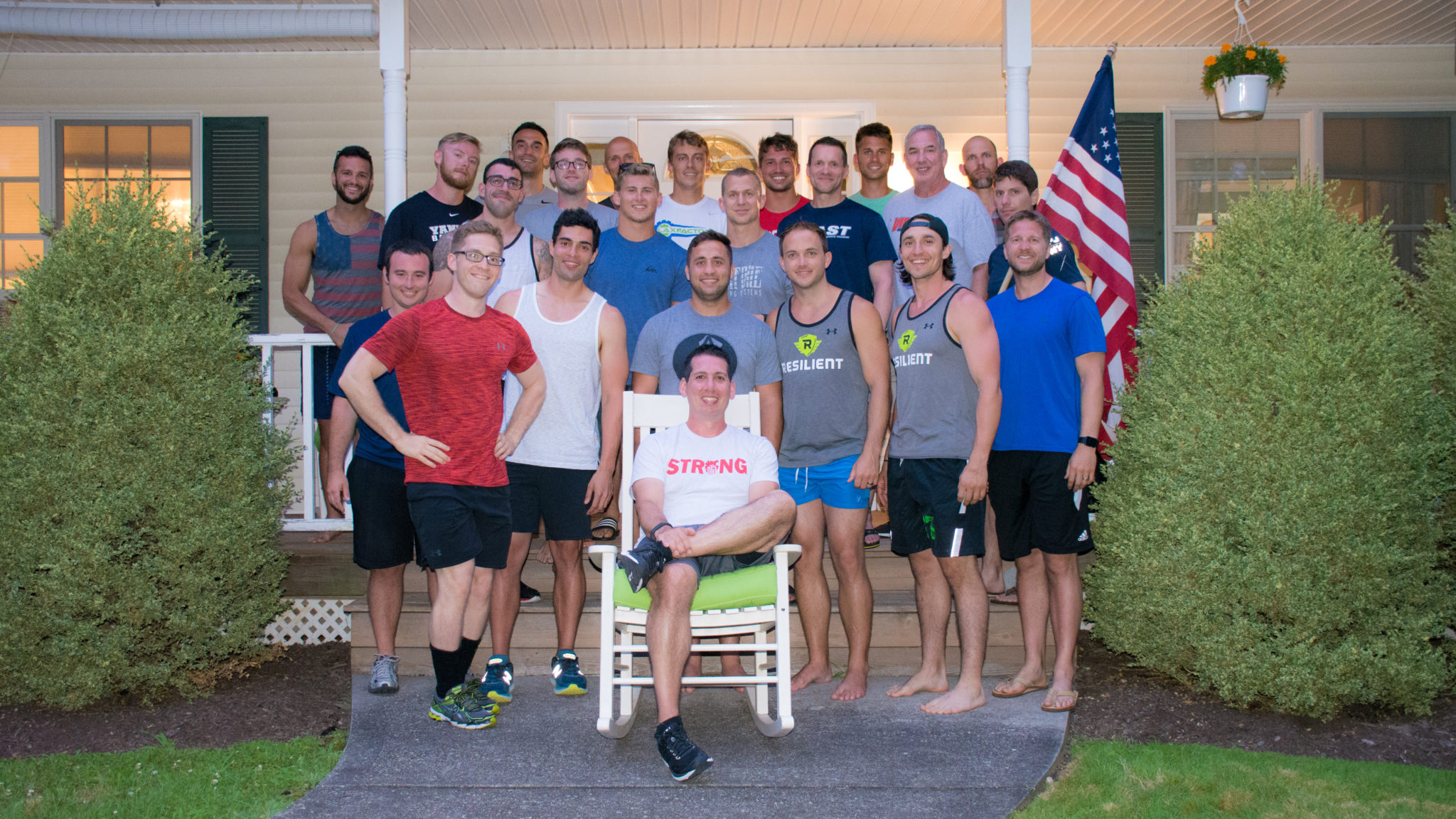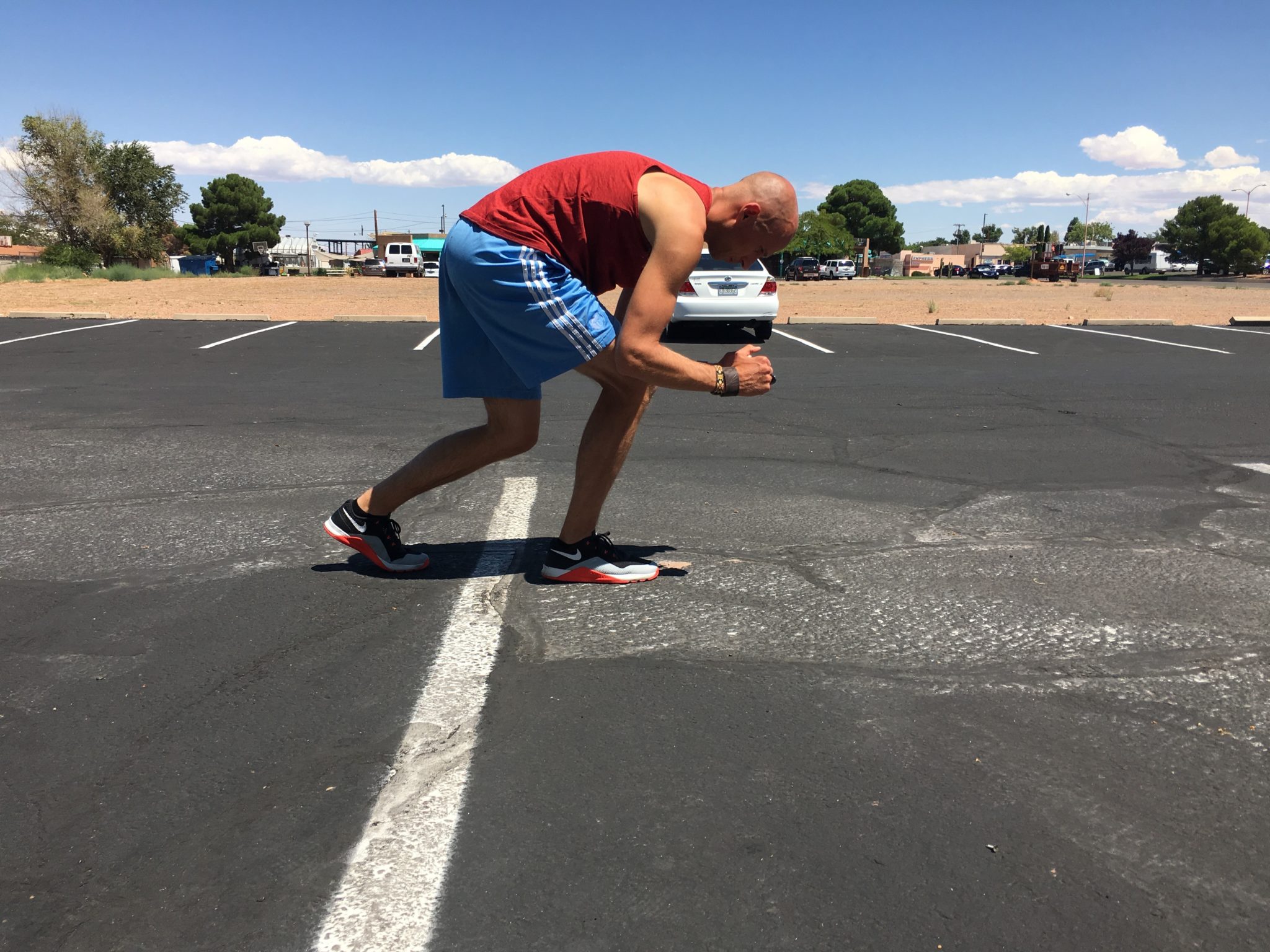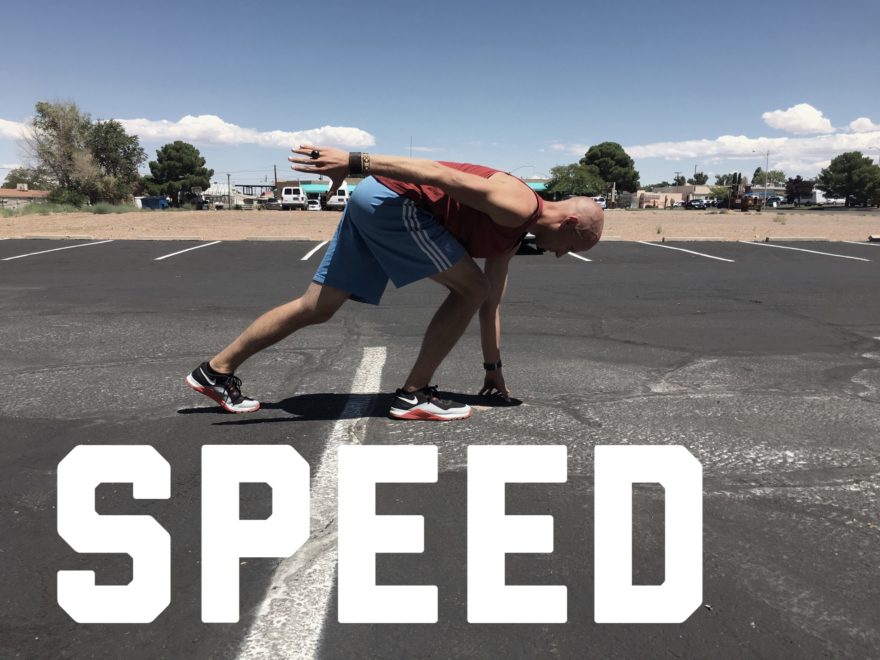It turns out the Hamptons isn’t just a place to live large.
It’s also a place where great learning can take place.
That is exactly what recently happened when me and my boizzz arranged a 1-day seminar with sprint coach extraordinaire, Derek Hansen.

For those who don’t know, Derek is one of the best sprint coaches in Canada, and had spent 10 years learning from THE Charlie Francis.
He is a wealth of knowledge in many areas, but the course focus was on all things sprinting, speed, acceleration, and periodization.
The setup we arranged was very unique. We watched Derek coach three different athletes on sprint mechanics, and watching the man work was quite remarkable. His ability to find the right cue, verbiage, and drill to attain improved sprint mechanics was remarkable. He is definitely an artist at his craft.
Point being, if you get a chance to hear the man speak, do so. You won’t regret it.
Without further ado, here are the notes.
[Note – I am not the best sprinter in the world, so bear with me on the videos]
Table of Contents
It’s All About the Drills
What I most admired about Derek is how simplistic he makes things. He uses simple cues, simple drills, and simple progressions, but does them savagely well.
When coaching someone to effectively sprint, Derek emphasizes his drills to help promote elasticity and the technical aspects of sprinting. Elasticity must be present before effective sprinting can occur.
Derek has five drills that he gravitates towards:
- Marches
- A-Skips
- Runs
- Buttkicks
- Low hurdle jumps
All of these moves are used to improve upon a particular aspect of sprinting. Because the drill occurs at a much slower speed than sprinting, it is much easier to change technical aspects. You can even cue a technical aspect within a drill, and then have them immediately transition into sprinting after drill cessation:
From a breakdown of drill mechanics, Derek starts with more technique-oriented versions, then progresses drills by increasing its elastic component:
In place ⇒ Walking ⇒ Skipping ⇒ Running
Marching drills are a perfect example to help illustrate this progression:
You’ll notice that one popular drill is missing from the list: The wall drill
Derek is not a big fan of this drill because the arms are not integrated. When Derek is correcting any sprinting technical fault, he is altering arm position.
Many lower extremity compensations can be corrected by altering arm position; simply because arm action is easier to coach. From a nervous system standpoint, the arm’s nerves have less distance to travel to the brain than the legs, thus leading to quicker changes.
Having worked on sprint coaching with a few of my clients in the clinic, I’ve seen remarkable changes just by teaching them how to get the arms in the right position. It’s much easier to conceptualize reaching forward and upward than it is driving knees forward.
Sprint Mechanics 101
Derek typically starts messing with sprint mechanics only once drills are mastered and elasticity is maximized; simply because addressing these areas will often clean up most technical sprinting errors.
Efficient sprint mechanics possess increased frontside emphasis, which include the following qualities:
- Thigh shy of parallel
- Arms are high and forward
- Arms and legs go toward, but do not cross, midline
- Toe is pulled up (emphasized only during drills)
- Knees are lifted
- “Stepping over”
In sprinting, the common compensatory strategy is excessive backside mechanics.
This strategy involves reductions in forward arm reach and subsequent forward knee drive. The arms are thrown farther backwards, while the legs exhibit more of a “buttkick” style high heel hike.
This position begets increased extension, ground contact times, and “braking” mechanics; slowing the person down.
Emphasizing frontside mechanics is what reduces backside mechanics. Derek didn’t necessarily have a one-size-fits all coaching strategy, as he used individualized cues for each client. The general trend was to start by coaching arm position (reaching forward and upward), and progressively increasing speed within a single sprint.
Acceleration Training
When coaching acceleration, Derek uses hard starts—starting from a static position, such as coming out of the blocks.
All of Derek’s hard start progressions are done from a low position in order to maintain effective acceleration angles.
Consider the angles a typical sprinter places himself in during the first few initial steps:

Here we see that the athlete is approaching more of a 45 degree angle. Angling the body allows for better force application into the ground. The more force that can be applied initially, the greater the distance traveled, the greater the speed.
Contrast that to the angles a sprinter reaches as approaching top speed

More uprightness allows for better reflexive maintenance of higher speeds.
We don’t want athletes to reach this upright angle too early because these angles lead to increased pushing down and braking; slowing the athlete down. Early force application opportunities are lost.
Thus, coaching a lower starting position allows for better mimicry of acceleration angles this drive angle.
Derek starts most athletes from a 2 point low falling start

Pending how starting mechanics look, Derek has developed a continuum that can address or progress start position. If you rise too early from acceleration, Derek will use a starting position lower to the ground. Whereas if you are rocking with starts, game/race-like starting positions are used:
Supine ⇐ Prone ⇐ Pushup ⇐ 2 point start ⇒ 4 point start ⇒ 3 point start
Once the start is mastered, we can place athletes in these starting positions within more complex drills, such as falling starts:
Speed Training
Speed training is important for most any athlete for the following reasons:
- Decreases hamstring injury risk
- Increases force production
- Increases speed reserve (the faster you can go, the easier slower speeds become)
To maximize speed, one must be able to apply maximum force in the ground in the shortest time possible (i.e. low ground contact time). Having one quality, but not the other will leave you coming up short in the speed department.
Maximizing these qualities comes from increasing stride length and stride frequency. Though these qualities simultaneously increase as max velocity is approached, each can be practiced independently.
Power skips are a great drill to improve stride length:
And to improve frequency, speed changes are great to incorporate:
Once these qualities are individually trained, true speed training begins by combining frequency and length.
Soft starts, starts that build momentum into reaching top speeds, are the primary tool incorporated into speed training. Falling starts, buildup runs, and flying starts fit into this category.
When coaching speed, relaxation is key. Thus, practice ought not focus on the times hit. If an athlete isn’t running well, and attempts to increase effort to run faster, the necessary relaxation for speed will not be achieved; leading to worsened performance.
When designing a speed training program, each run ought to incorporate a large amount of recovery. This allows for top speed to be reached with every rep. Derek recommends 1 minute for every 10 yards sprinted. If speed output is low (e.g. a beginner or early training phases), walk-back recoveries can be used.
Once you’ve done a legit speed session, recovery periods ought to be at or even over 48 hours pending the athlete’s capabilities.
Tempo Runs Explained
Tempo runs are used to build aerobic conditioning and promote recovery. They are form-oriented sprints performed at low speeds.
Tempo runs are programed by the following parameters:
- Work:rest ratio of 1:1 or 1:2
- Pace is 60-65% of best time
- The first and last run should be at the same pace
- If performing these on a bike, 20s worth of running = 30-40seconds of biking
Derek programs these runs according to sport position. He gave us the following chart to ballpark how much tempo running each athlete should perform:
| Per | D-line | Running back | Receiver | 100m sprinter | Striker | Midfielder |
| Session | 1000m | 1600m | 1800m | 2000m | 3000m | 4000+m |
| Week | 300m | 4800m | 5400m | 6600m | 9600m | 12000m |
| Run | 50-100m | 100m | 100-200m | 100-300m | 100-300m | 100-400m |
Sum Up
These were a few of the many gems that I gleaned from Derek’s seminar. Again, if you have the chance to learn from this guy, I strongly encourage you to do so. Even if you do not work with many athletes, the coaching and cueing he uses can be effectively applied in everyday tasks; including gait.
To summarize:
- Drills are used to build the skills necessary for sprinting
- Force production and elasticity are key to running fast
- Frontside mechanics fix many sprint form errors
- Cue effective arm position to drive changes throughout the entire body
- Use start positions that put the individual in angles that mimic ideal acceleration
- Use soft starts to reach top speed more quickly
- Prioritize recovery when training top speed
- Tempo runs are an excellent for form maintenance and recovery
What tips and tricks do you have for coaching sprinting? Comment below and let us know.
Photo Credits

